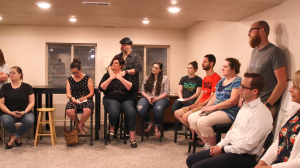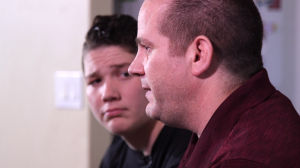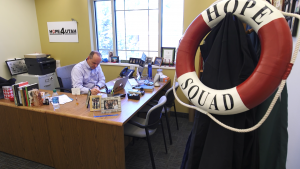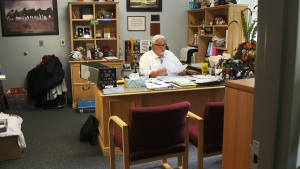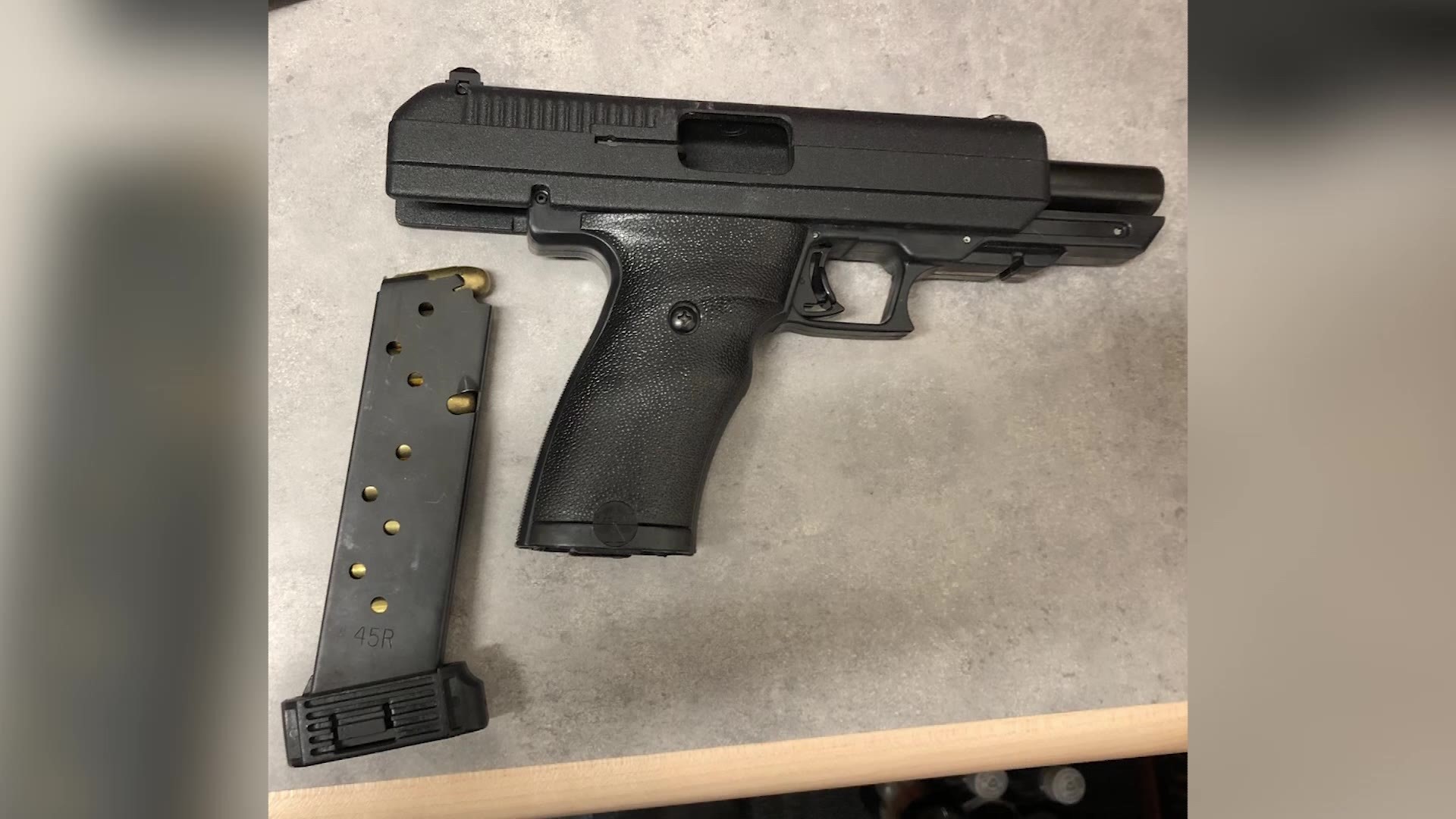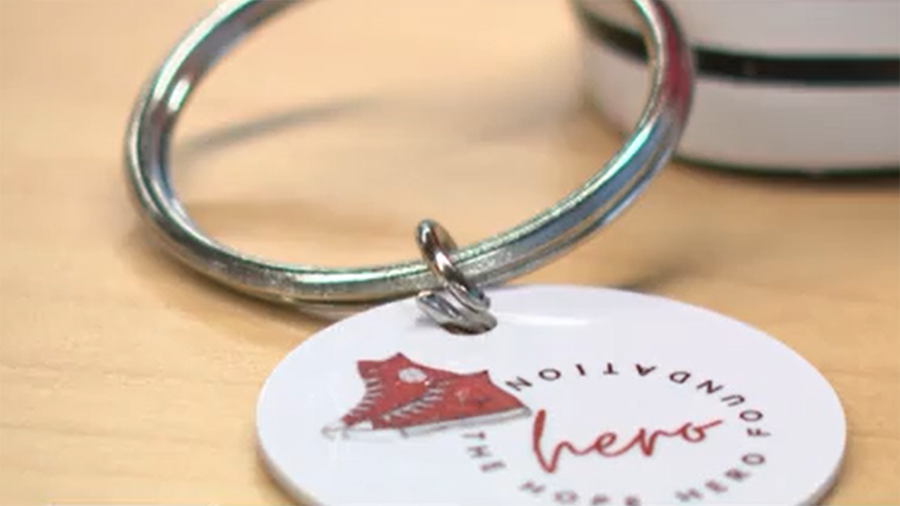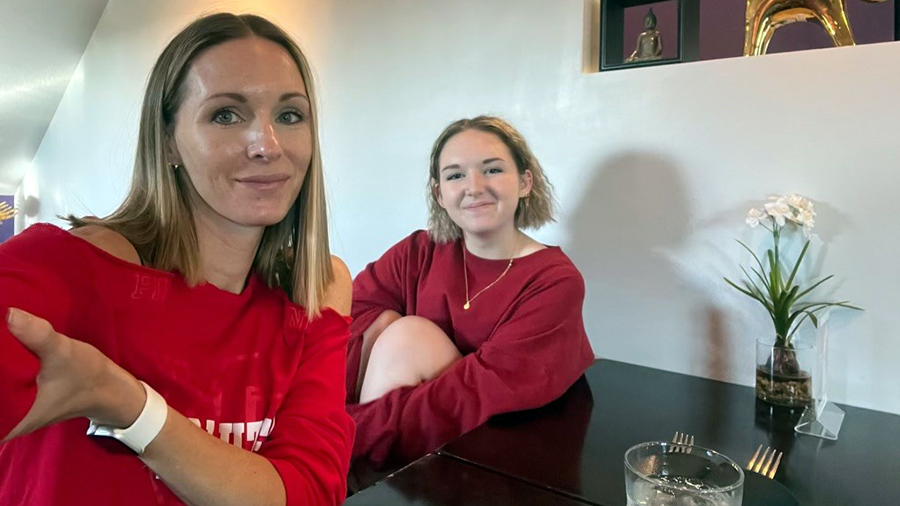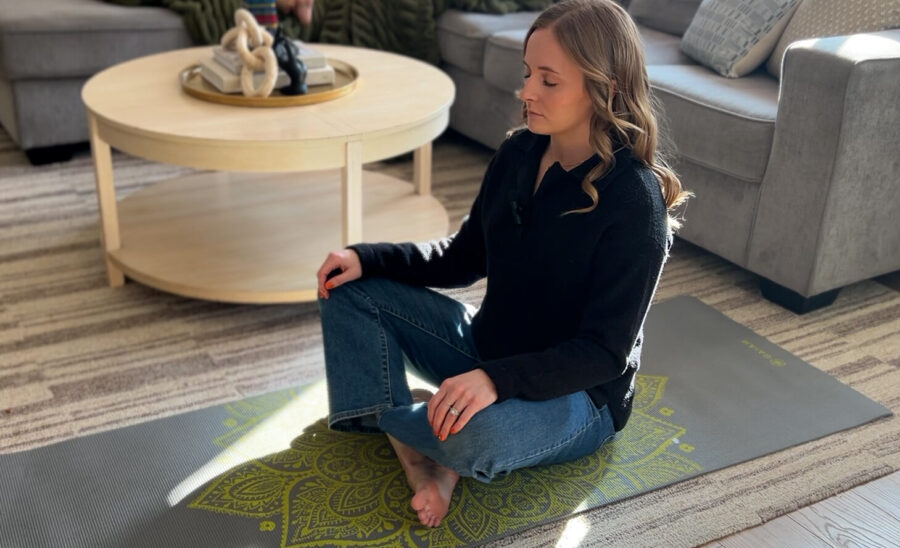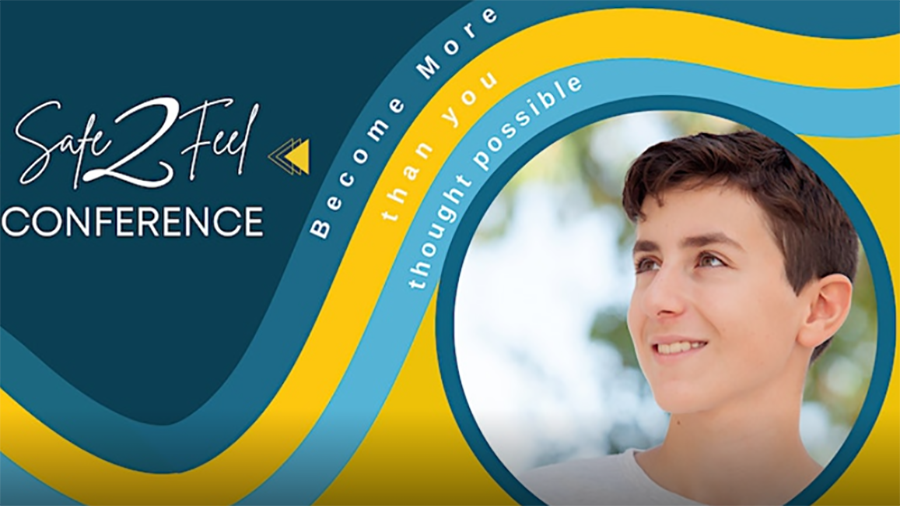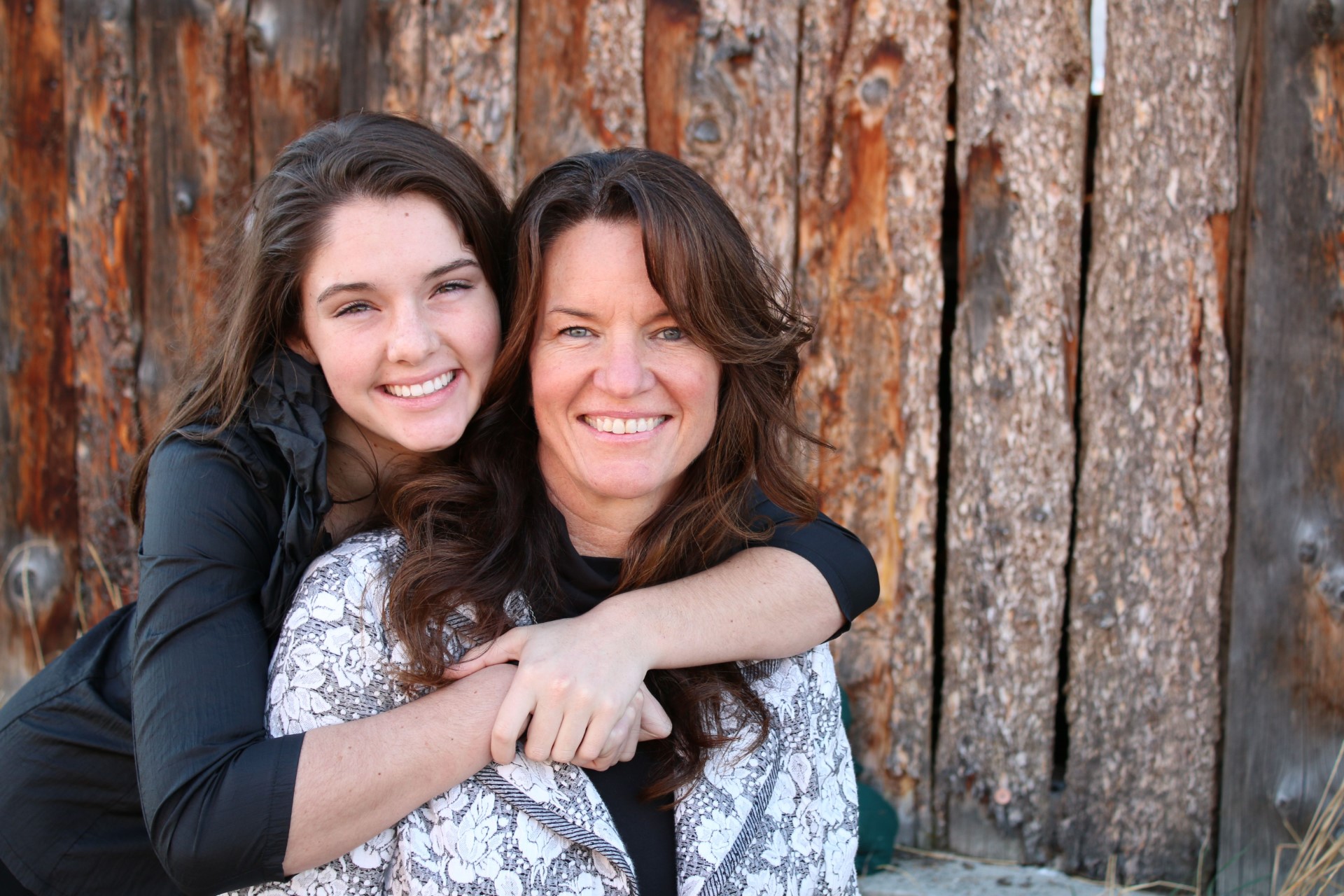Herriman community comes together to find hope, healing and answers after suicide crisis
May 16, 2018, 10:20 PM | Updated: Mar 14, 2019, 12:53 pm
HERRIMAN, Utah — After a heartbreaking year for the Herriman community, parents, pastors, politicians, physicians, the PTSA, and even Mrs. Utah are joining forces to seek answers and solutions.
Earlier this month, the Herriman community lost its eighth teenager to suicide since last summer.
Herriman isn’t alone. A new study finds kids are either thinking about, or attempting suicide, nearly twice as much as a decade ago. The research published in Pediatrics also shows school stress may play a role.
Youth suicide in Utah has increased 22.8 percent each year since 2011, according to a Centers for Disease Control and Prevention report – much higher than the 6 percent annual increase nationwide.
COMMUNITY INVOLVEMENT
Last week, about 40 Herriman residents sat in a basement meeting, determined to address the crisis in their community. Individuals went around the room explaining why they were there.
In tears, one parent said, “This isn’t a Herriman High School problem. This is a people problem.”
Another said, “I just have something inside of me telling me this is where I need to be. So, I will do anything I can to help.”
In the midst of grief, the community knew something needed to change.
Community member Teddy Hodges decided to step up. As he led this crisis meeting in his basement he said, “Who’s going to do [something about] it? These 40 people right here.”
He organized the Herriman Community Awareness group on Facebook.
“The time was months ago and I put it off,” he said.
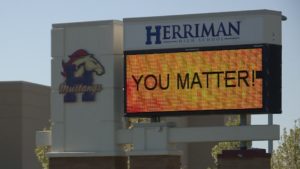 Today he’s all in. He said, “I have the ability to host meetings, I have the ability to bring the community together, I have the ability to spend my time in the schools.”
Today he’s all in. He said, “I have the ability to host meetings, I have the ability to bring the community together, I have the ability to spend my time in the schools.”
Now the group is making plans to take action. They’re organizing classes and support groups, raising awareness through their Facebook page, and reaching out to local experts.
Hodges said, “In a matter of days we have 300 people in the group… It’s amazing!”
The newly formed group is hosting a community meeting at Copper Mountain Middle School on Thursday May 17 at 6pm.
GOLDEN GATE CLUB
Another family also took a proactive approach. Mike Cherry shared his own son’s experience at Herriman High at Hodges’ basement meeting.
Mike Cherry, in tears, said, “He experienced a lot of bullying his sophomore year.”
His son, Ryan Cherry, said he came home every day and told his parents what was going on.
“I would do that day after day after day and finally I just couldn’t handle it anymore and I broke down,” Ryan said. “I began to go into a big, big deep depression.”
His parents sat him down to discuss their options. Ryan considered changing high schools.
Mike Cherry said it was so difficult to send his son to school each day. “The school was the place that was causing him so much grief and so much pain,” he said.
Ryan decided to stay at Herriman High School, in order to make a difference.
He borrowed an idea from Bingham High School called the Golden Gate Club, which is designed to help kids feel included.
Members write positive notes for students on their lockers, host socials, and pledge to be a friend to everyone.
Ryan said the club’s goal is “to make [students] feel welcome, to invite them to eat with me at lunch and to have a conversation with them.”
After only a month at Herriman High School, the club has more than 160 members who are eager to get involved. They plan to be official next fall.
One club member, Emma Peterson, said, “I immediately wanted to be part of it. That’s always been something I’ve tried to do is reach out.”
Another club member, Morgan Winterton, who shared close relationships with many of the students who completed suicide this year said, “You have to talk about it. You can’t hide from it anymore.”
HOPE SQUAD
Dr. Greg Hudnall is a national expert on suicide prevention and introduced the first Hope Squad to Provo High thirteen years ago after it experienced a suicide epidemic.
Hudnall warns against pointing fingers. “Everybody wants to blame the school,” he said. “But when we start to educate them and show them the challenges they start saying ‘Okay, we have to figure out how to resolve this.’”
Herriman High started a Hope Squad this school year.
Hudnall said the solution demands everyone’s effort. “We have to have family, mental health [support], we have to have churches, we have to have city leaders, we have to have schools, everybody together,” he said.
He explained, “If a family will set their phones aside, turn off the TV and just connect—that’s an amazing protective factor for that young person.”
PARENTS
The PTSA is also doing everything it can think of to help the students feel seen and loved. They have something planned every day until the end of the school year.
They are hanging up posters, tying balloons to each car in the parking lot, and organizing parents to greet students each morning on campus.
PTSA President, Denise Christensen, said, “Maybe no one’s said ‘Good morning!’ to them. Maybe they’re getting themselves out of the door in the morning. For someone to just say, ‘Good morning! We are glad you’re here!’ is the motive behind our effort.”
People who don’t even have students at the school are showing up.
“I consider them a part of me and part of my life and even those who aren’t my patients—I love them and we care about them,” said local pediatrician Kody Crowell.
Students say those efforts matter. Samantha Bringhurst said, “There are so many students at the school that I think kids tend to feel like they get lost.”
ADMINISTRATION
Herriman High School’s principal Jim Birch agrees. He makes a point to greet students he doesn’t know.
“I walk down the hall now and stop. I’ve never seen him before. I don’t know who that is,” he said.
With about 3,000 students, Birch said it is hard to make personal connections with each student.
This year hit him hard. “To lose one student to suicide is one too many and we are way beyond that point,” he said.
“It’s heart wrenching. It’s a feeling of frustration. It’s a feeling of guilt—what didn’t I do?” Birch said.
Birch said one student came up to him recently and said, “I don’t meant offend you but I would like to see you in my classroom more.”
Birch said he now looks at the pile of work in his office and asks himself what’s more important, “The paperwork or getting in to see my kids. You know, well that’s a wake-up call for me.”
Birch has now committed to visit classrooms more often and said he welcomes new ideas from parents and students.
FINDING SOLUTIONS
The school has offered more counseling in addition to special assemblies and guest speakers.
When it comes down to it, Hudnall said the answer requires everyone.
“While it takes an entire village to raise a child, we believe it takes an entire community to save one,” he said.
He may only be one person, but Ryan Cherry knows his part.
“I’ve probably reached out to a dozen to a dozen and a half students each day just saying, ‘Hey, we’re here for you,’” he said.
With much emotion his father, Mike Cherry, said, “He chose to make a difference and I’m proud of him for it.”
SUICIDE PREVENTION RESOURCES
If you or someone you know is experiencing suicidal thoughts or exhibiting warning signs, call the National Suicide Prevention Lifeline: 1-800-273-TALK (8255).
Additional Crisis Hotlines
- • Utah County Crisis Line: 801-226-4433
- • Salt Lake County/UNI Crisis Line: 801-587-3000
- • Wasatch Mental Health Crisis Line: 801-373-7393
- • National Suicide Prevention Crisis Text Line: Text “HOME” to 741-741
- • Trevor Project Hotline for LGBTQ teens: 1-866-488-7386
- • University Of Utah Crisis Interventional Crisis Line: 801-587-300
Online resources
- • NAMI Utah
- • Utah Chapter-American Foundation for Suicide Prevention
- • Suicide Prevention Lifeline
- • Safe UT Crisis Text and Tip Line
In an emergency
- • Call the police
- • Go to the emergency room

